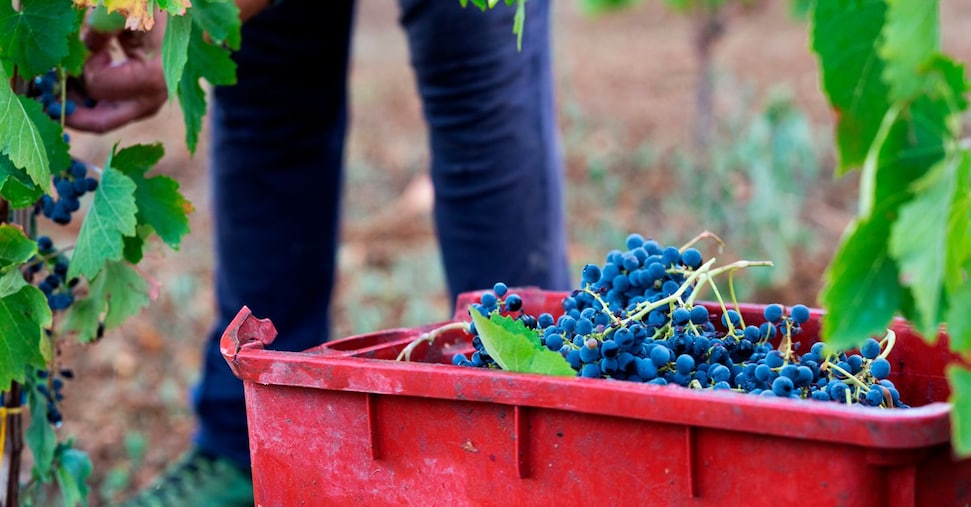Consumption crisis, overproduction, concerns over ‘health warnings’ on labels, tariffs. Italian wine (and not only) is certainly not going through a worry-free period, but it remains an important asset for the territories and there are those who – fortunately – continue to grow and invest in vineyards and wine tourism.
And for once, it is not a bubbly producer, but a cooperative that produces mainly reds in the heart of Vulture and its Aglianico. It is the Cantina di Venosa, which has announced the start of work to complete the architectural and functional project to renovate its facilities, especially the winery’s new reception area, for an investment of 3.4 million euro (of which 1.25 million financed with Pnrr funds).
A large wing entirely dedicated to wine tourism is planned. This will physically – and ideally – connect the two historic production, storage and service facilities, which have been recently reorganised and renovated: the historic winery and the structure built after the 1980 earthquake.
Oenotourism and revenue growth
“With this project dedicated to wine tourism, we are about to conclude a phase of functional and work space reorganisation that has kept us busy for five years,” says the president of Cantina di Venosa, Francesco Perillo. “The time is finally ripe for a further step forward: to increase visits to the winery and, indirectly, the presence of tourists in the area. Today the company shop, a simple but cosy space, generates an annual turnover of 700,000 euro from direct sales alone, while with the new structure, which will include a scenic meeting room, 150 square metres of tasting room, a small kitchen and a 400 square metre terrace, we expect a doubling of turnover already in the first year and coverage of the investment in 6-7 years. We will employ at least another 6 people dedicated to multilingual reception, and above all, through agreements with tour operators, cultural associations and institutions, we will contribute to getting wine tourism off the ground in the entire Vulture area.
Average Venosa welcomes 15 thousand tourists a year, rising to 70 thousand in the Venosa-Lagopesole-Melfi ‘triangle’. The potential for growth, however, is greater: in addition to wine and the Aglianico del Vulture wine cellars, there is an important presence of little-known naturalistic jewels, such as the Monticchio lakes, in the crater of the Vulcano; many villages rich in art and monuments, such as Venosa and Melfi themselves; and gastronomy and craftsmanship that boast small excellences.


Dining and Cooking